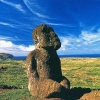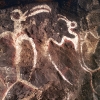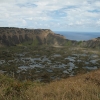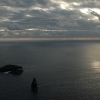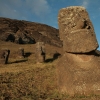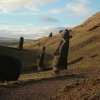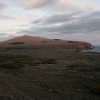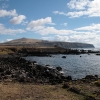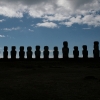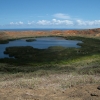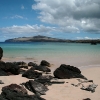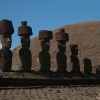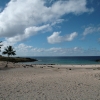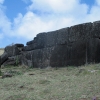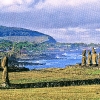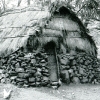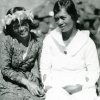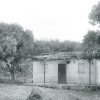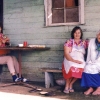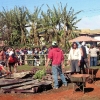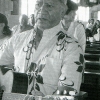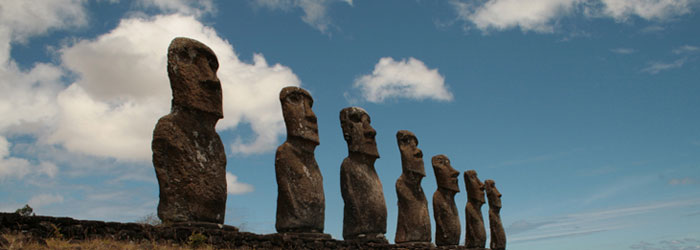History
According to oral tradition and archeological research, the Rapa Nui descended from a single group of people that sailed from Eastern Polynesia around 1000 A.D. to settle on this remote island, which became Chilean territory in 1888. According to legend, King HotuMatu’a disembarked on the beach at Anakena with a hundred men, women and children, including members of the nobility and priest-elders, warriors and stone and wood craftsmen. He also brought the household items, plants and animals needed to sustain the settlers.
Rapa Nui’s prehistory, history and present day reality are all founded upon a single cultural history. To better understand the island’s past, archeologists have divided itinto five chronological stages. The first three fall into the prehistoric period and include the Settlement or “Legendary origin” (prior to 1000 A.D.), followed by the AhuMoai Expansion or “Splendor of Megalithism” (1000–1680 A.D.) and the Decline of HuruMoai or “The collapse and re-adaptation” (1680–1722 A.D.), which ended when the island was first visited by Europeans.
Around 1600 A.D., competition between clans to claim more territory and enhance their prestige by building ever more monumental altars led to the overexploitation and depletion of the island’s limited resources and the intense degradation of its environment. Bloody intertribal conflicts arose, in which a new class of warrior chiefs wrested power from the ancient priest class. In the ceremonial village of Orongo, the warrior-chiefs inaugurated a new fertility cult, Tangata Manu, based around the god Make Make, the bird-man. This god invested earthly powers and privileges in the clan that won the ritual competition to obtain the first egg of the manutara, the seagull that nested in the islets off the coast of the ceremonial village of Orongo each year.
The island first became known to the Western world when Dutch navigator Jacob Roggeveen arrived there on Easter Sunday, 1722. This date marked the end of the prehistoric period and the beginning of the Easter Island period, which was marked by the profound impacts the Europeans made on its native people. After that first contact, Spanish explorers came, followed by French missionaries. In the decades before the island was claimed as part of Chile’s sovereign territory, it was used as a sheep ranch by an English enterprise. Meanwhile, several devastating events—including the large-scale forced deportation of the Rapa Nui people to work in the guano operations of Peru, the introduction of contagious diseases, and the internal strife these events caused among the local people—decimated the island’s population to such a degree that by the end of the 19th century only 111 native inhabitants remained. But, although they had lived in complete isolation for more than 1500 years, thanks to their incredible capacity for adaptation the Rapa Nui people were able to resist even the violence of contact and today retain their identity as an ancient indigenous culture.



